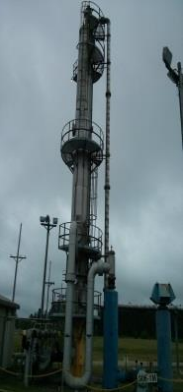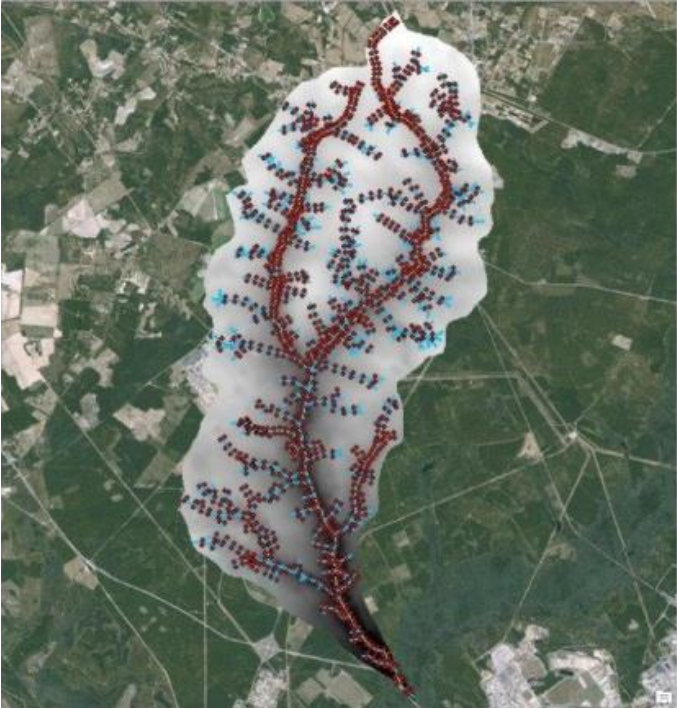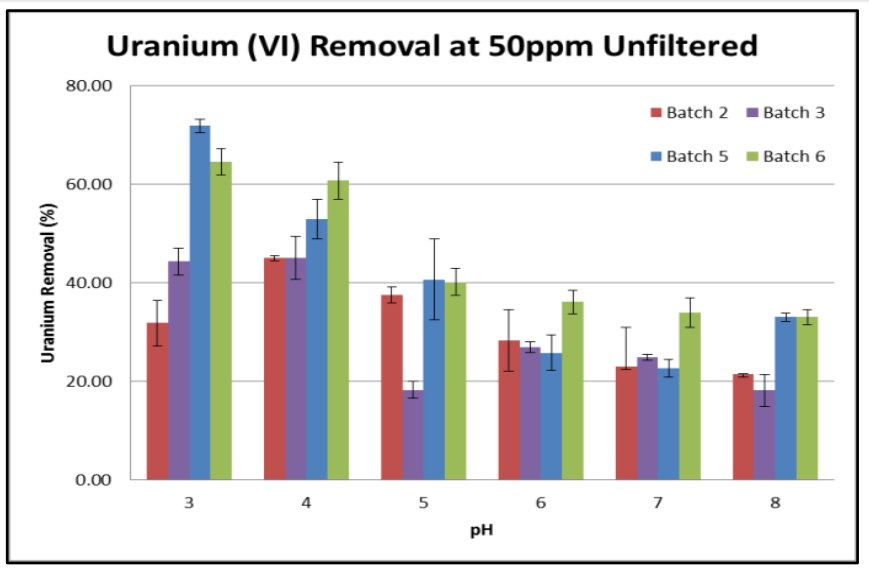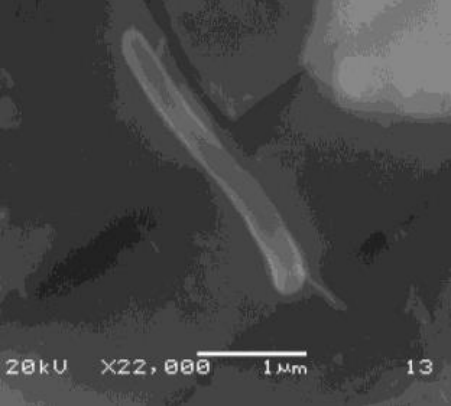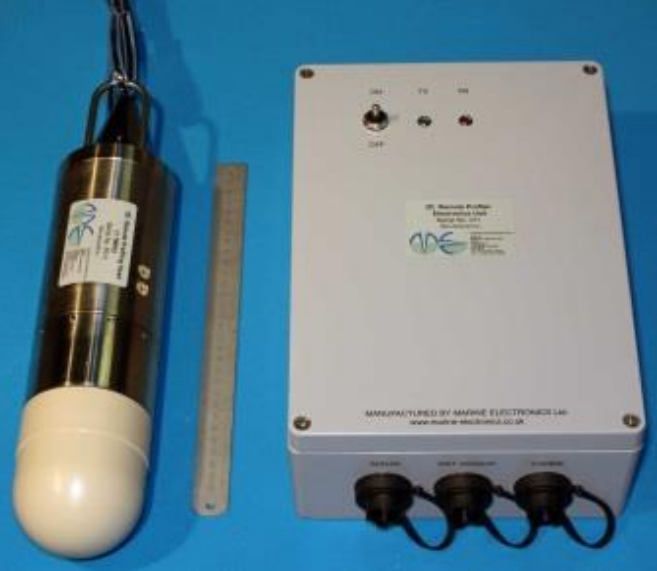Waste and D&D Engineering and Technology Development: Enhancement of Fire Resiliency in Industry Fixatives
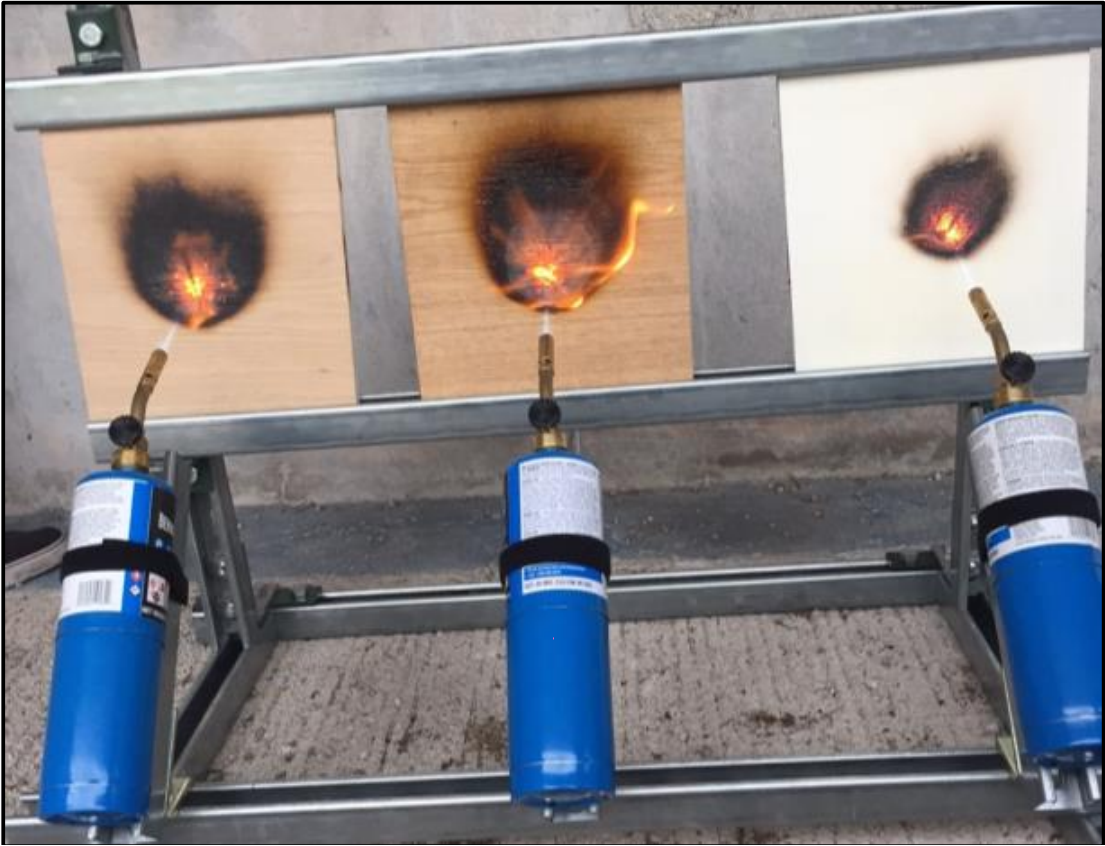
Sponsor – DOE-EM The objective for this research is to improve the operational performance of fixatives by enhancing their fire resiliency. Most fixatives begin to see degradation between 200-400°F, at which time radioisotopes could potentially be released into the environment. Intumescent coatings develop a thick char to insulate the substrate and protect it from fire and extreme heat conditions. The layering or combining of an intumescent coating with the fixative…

